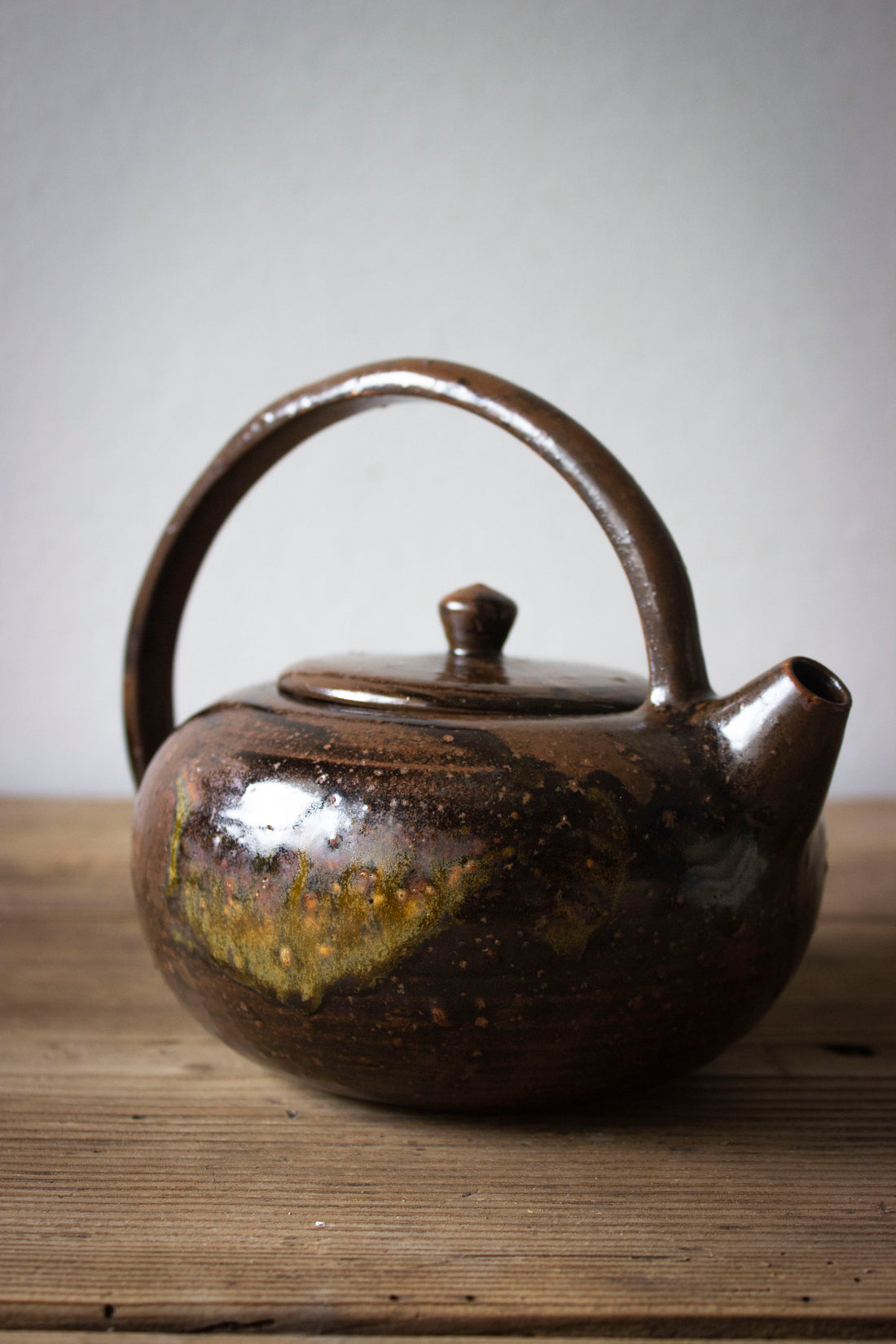In early May 2024 I was invited by Hephaestus, a European research programme on the future of craftsmanship, to participate in a symposium in Gothenburg in Sweden, followed by a group exhibition at Röhsska Museo del Design and a laboratory at Dals Långed - beautiful town in the southern province of Sweden. I attach below my expose for the symposium and a couple of photos of the ceramics I made for the exhibition using clay from the Venice lagoon.
I was very happy to make this trip and I would like to thank all the Hephaestus team and in particular Camilla Ferri, Manfredi de Bernard, Fabrizio Panozzo, Silvia Cacciatore of the Ca'Foscari University of Venice.
'The earth does not belong to us, we belong to the earth'*
Working with a craft creates a deep interchange between humans and theirs
surroundings. In the era of Technology pursuing a craftsmanship is an act of
awareness.
In a delicate ecosystem such as the one of the Venetian lagoon, we, that
inhabit it, have a huge responsibility towards it. Venice, which is not only the
city made of stone but of its islands, its lagoon and its vegetation, is a place
like no other and needs to be dwelled consciously and with a different
perspective. Year after year I've seen this city changing, and slowly dying.
What is a city without its people? The locals have been pushed away by the
mass tourism, marginalized to a life of compromise.
Walking among the little streets - called here calli - seems to walk an empty
shell, where life is so shiny and bubbly during the day and at the peak
seasons, but so desolated after closing time and winter. There is a desperate
need to reconnect with the balance of the city itself and I truly believe that
creatives and crafts can help the city to regain this lost balance.
I, personally, was lucky enough to grow up and study in Venice. After a
period abroad, I've returned to Venice wanting to reconnect with my land
and trying to return something to it myself.
My research is deeply interlinked with the land. I'm interested in creating a
combined relationships between people, natural resources and the land, creating
interchanged processes which will identify clay and craftsmanship in general,
as a part of it. This research started with an interest on atmospheres of the
city and its lagoon, memories that make this place dear to my heart. As the
work moved into a deeper level, I've started to investigate the natural
resources of my surroundings. The interest of the use of what's called today
'wild clay' started as a need to create a dialogue with the land and as a
personal aesthetic research. Commercial clays tend to be very similar among
each other, this will result more often than not, to a body of work of a flat
common image with the impossibility to distinguish one work from the other.
Commercial clays are also not linked to a geographic place, as they are the
result of a man made recipe created with pure and refined materials mined
all over the globe. This way the body of clay potters and ceramicists are
facing today are in fact disembodied masses of soil. They are therefore
totally alienated from the labor and its cost on ecosystems and
communities. The clay that we get from our suppliers ends up being a clay of no
land. While with the practice of foraging clay we are faced to create a
relationship with the land. This relationship is at the core of my research. To
seek clay means to study the geology of the territory, understanding its
history, and going out on the field to actually engage with it. This way you
see places, talk to people, discover ancient stories and traditions. The work
craft that arouse from these materials suddenly become full of depth and
meaning. Searching for wild clay and wild materials has deepened the
understanding and the relationship I have with my land.
Valentina Stocco, Gothenburg, May 2024
* Reply of the Chief's Seattle (1780-1886) to President Franklin Pierce on this
will purchase the land where the native Americans live.







